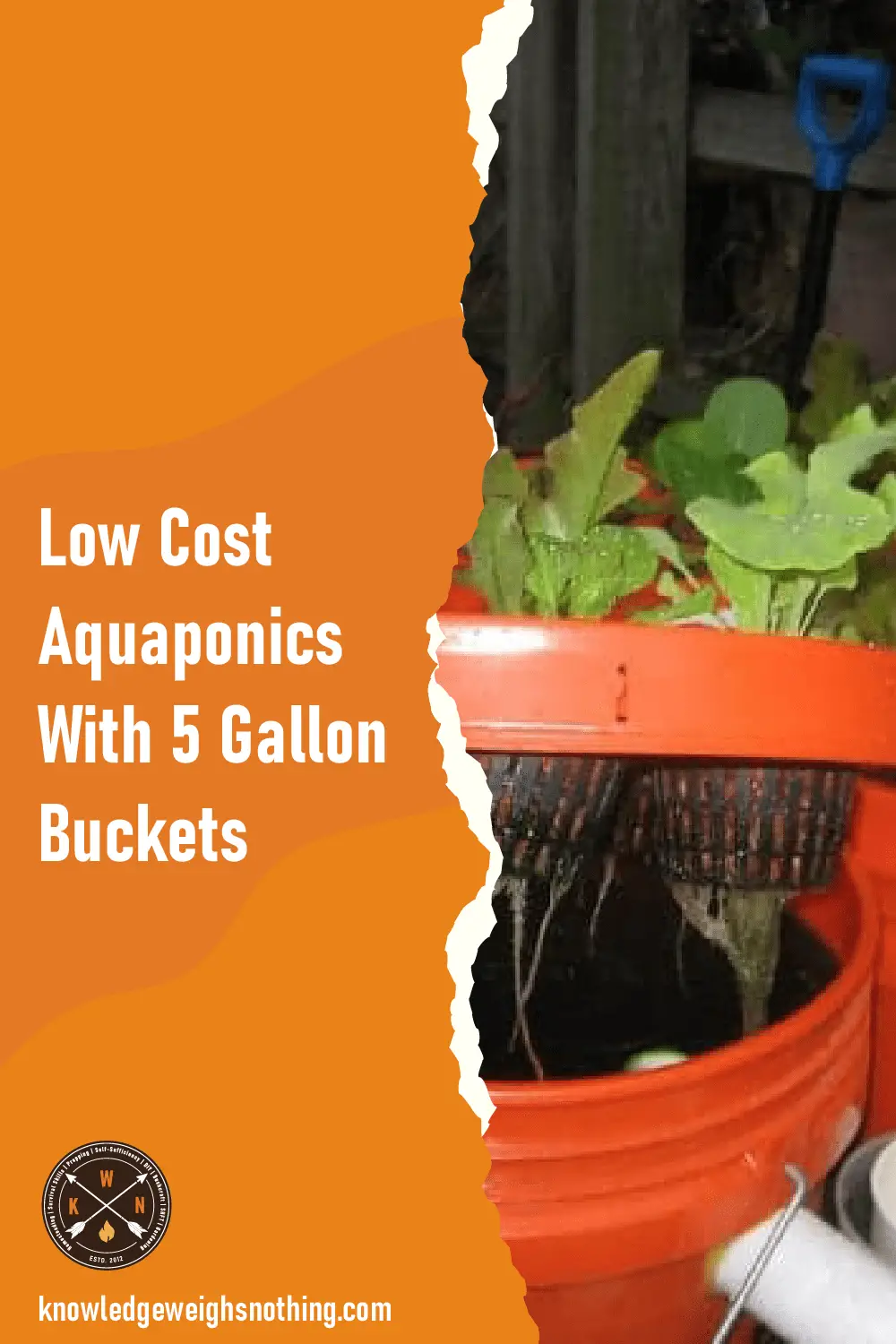Whether you wish to curb your monthly grocery bills or prepare your pantry for a disaster, gardening has moved into every part of urban and rural environments. Regardless of why you wish to grow your own fruits and vegetables, the need to protect the health of these plants is universal. Instead of turning to chemical fertilizers and other compounds, turn your focus to natural remedies and planting styles. After following these simple and effective techniques, sit back and watch your garden thrive in health and beauty.
Table of Contents
ToggleDecrease Blossom Rot & Increase Yields – Blossom Rot Hack
Blossom rot is a common disorder found in all fruiting vegetable plants, such as squash, pepper and tomato. Unlike popular belief, this damaging condition is not a disease caused by the environment, but rather a physiological disorder within the plant caused by a calcium imbalance. If not treated – or prevented – blossom rot can significantly reduce your vegetable yield. While this can be a widespread issue, one of the most effective treatments and preventative measures uses ingredients found in almost every kitchen – used coffee grounds and crushed egg shells.
Prior to establishing plants, thoroughly mix used coffee grounds and dried-crushed egg shells. The ingredients work to prepare the soil while enhancing circulating calcium available to the plant. Once thoroughly mixed, insert the plant and continue as normal. Some gardeners suggest spraying dissolved Epsom salt on existing blossom rot spots. Proponents suggest the magnesium content in Epsom salt tends to plants and supports the correction of nutrient imbalances.
Invigorate Your Garden – The Many Uses of Epsom Salt
Many are familiar with Epsom salt as a bath time agent to soothe aching muscles. However, did you know this common ingredient is one of the most effective ingredients for a thriving garden? If not, don’t feel bad. Most are unaware this easy-to-find compound is one of the most powerful gardening hacks for growing healthy plants and larger yields.
The primary compound in Epsom salt is hydrated magnesium sulfate, which supports plant development from germination to harvesting. Instead of listing a single use, the following are the best uses for Epsom salt as a gardening hack:
- Enhanced Seed Germination – By mixing 1-2 tablespoons of Epsom salt in the soil before dropping seeds, the magnesium in strengthens cellular walls, which promotes stronger seedlings and greater germination.
- Enhanced Nutrient Absorption – If you were to look at any commercial fertilizer, you’ll notice magnesium as a primary ingredient. Adding Epsom salt to the soil adds concentrated magnesium, which significantly improves nutrient absorption without the use of chemicals found in most fertilizers.
- Increase Plant Energy for Increased Yields – The fruiting process for any plant is among its most taxing periods. A plant low on energy produces fewer fruits with less flavour and nutrients. Mix 2 tablespoons of Epsom salt in 1 gallon of water and spray directly on the leaves, vines and branches. Doing so boosts chlorophyll levels, and ultimately enhances available energy for producing fruit.
Boost Strawberry Production with One Simple Tip
Nothing is quite better than taking a bite out of a juicy, home-grown strawberry. Now, you can enjoy this moment hundreds of times with this simple growing tip. When first purchased and planted your primary strawberry plant, you established what’s known as a central plant. Over time, as this central plant matures and begins to develop, small “runners” will begin to grow out of the primary stalk. These long stems literally “run off” of the central plant and rapidly produce smaller strawberry plants. While you may feel this is a benefit – hey, more strawberries! – it’s actually a drawback.
As these runners grow and develop, they literally suck the energy out of the central plant. Because there is only a finite amount of energy produced by a plant, these runner plants reduce overall available energy, which means reduced yields and lower-quality strawberries from the central and run off plants.
Therefore, the most effective way to bring back the power to your strawberries is by cutting off the runners. Runners typically feature a red stem (but not always) and when followed back to the central plant, the stem is attached to the primary stalks. Simply remove the runner from the base of the plant, and viola! You’ll soon be producing more strawberries than you know what to do with.
Retain Healthy Hydration with a Bottle Drip Feeder
The use of drip feeders is perhaps one of the most effective gardening hacks as it promotes greater yields by enhancing hydration to the roots of the plant. This is an excellent alternative to watering vegetable plants that do not fair well being watered via their leaves.
To utilize this hack, simply take an empty – and cleaned – 2 litre soda bottle and poke at least six holes in it using a barbecue skewer. Next, dig a hole big enough to fit the entire soda bottle next to the plant it will water. Cover the soda bottle with soil, but leave the top exposed. Once covered, fill the bottle with water by pouring the liquid into the top of the bottle. Now, sit back and refill the bottle as needed.





